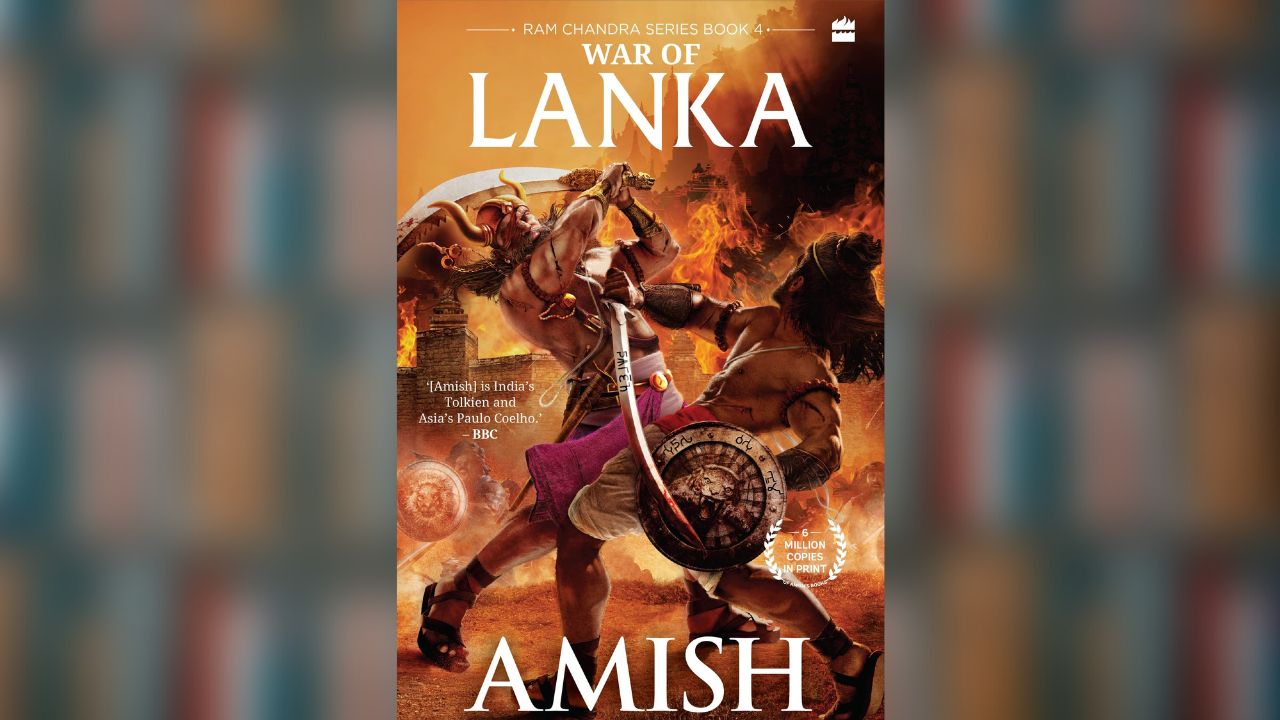Amish Tripathi starts off his book with heartfelt reverence for his father and his son. Thankfully the holy spirit is very much present within the book itself.
As you begin reading ‘War of Lanka’, starting with a dream sequence set in 3400 BCE India (do check out the map on the inside back cover), we are introduced to Amish’s vividly imaginative world- this is the fourth book of the Ram Chandra series, narrated compellingly across 40 chapters.
Now you could very well ask, “why should I read another book, based on the Ramayana?” Two answers come to mind; one is for pure entertainment and the second is that Amish brings alive characters we know all too well, in a way that is entirely his own. Embellished by his bold signature.
Five things in the book that stood out for me:
The individual strengths of each of the four brothers, Ram, Bharat, Lakshman, and Shatrughan is clarified simply and conversationally. There is a sentence that credits Lakshman with suggesting that the bridge across to Lanka should be called ‘Dhanushkodi Setu.’ It is the intelligent Shatrughan who simplifies it to ‘Ram Setu’. Likewise, there is another conversation in which Shatrughan outlines the materials he has at his disposal, to build the bridge most effectively.
The treatment of the lesser known character of Arishtanemi, the brother of Garuda, and his personal tragedy is explored briefly but powerfully. The reason why Amish may have omitted a few popular characters might be interesting to know.
There is a sentence on page 147 in which Laxman says, “Woah, this is next level brother!” An entirely new way to re-imagine our epics.
Another interesting happenstance is when Sita reluctantly admits to herself what a great artiste Raavan is!
There are several management lessons embedded in the book- for instance, the sentence that ‘one needs more soldiers to capture the enemy alive, much fewer to simply kill them,’ makes you think awhile.
Beyond the varying sentence lengths, precise use of words, etc; are elements that define a much loved writer – the ease with which Amish touches upon philosophical aspects in a casual manner. He pays attention to Raavan’s brothers; after all the book is titled ‘War of Lanka.’
As I closed the last page, there were two questions on my mind- could this book have been a bit shorter in length? And were there aspects of Ravana’s character that we missed understanding in the past?
One more book to come in this series!
Reeta Ramamurthy Gupta is a columnist and bestselling biographer. She is credited with the internationally acclaimed Red Dot Experiment, a decadal six-nation study on how ‘culture impacts communication.’ On Twitter @OfficialReetaRG.
